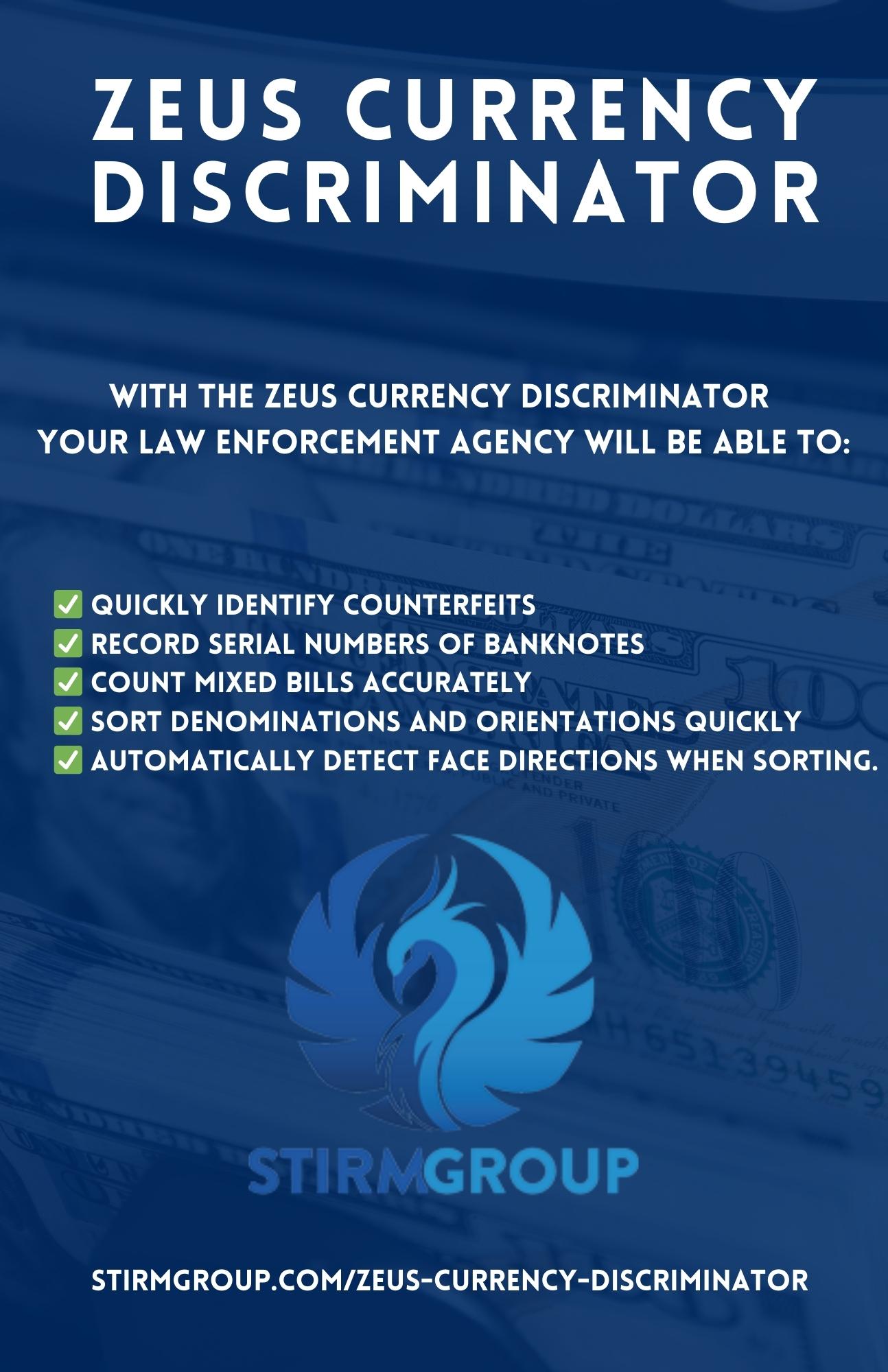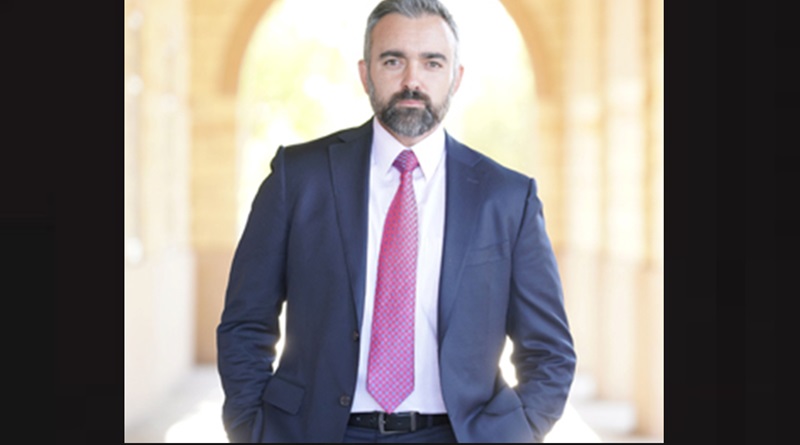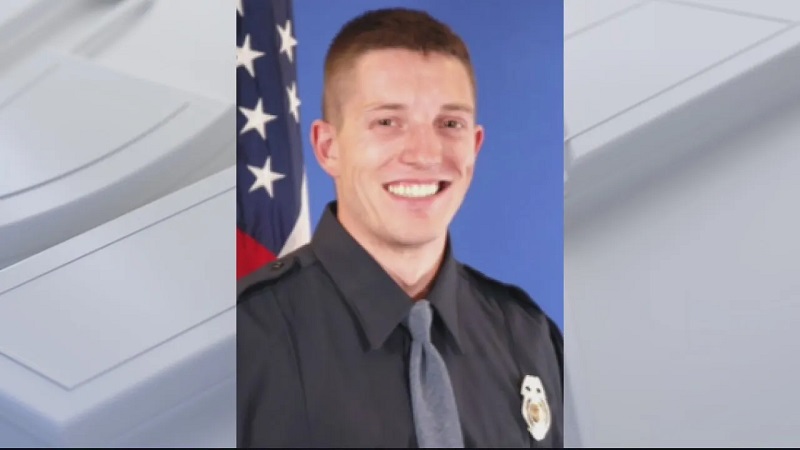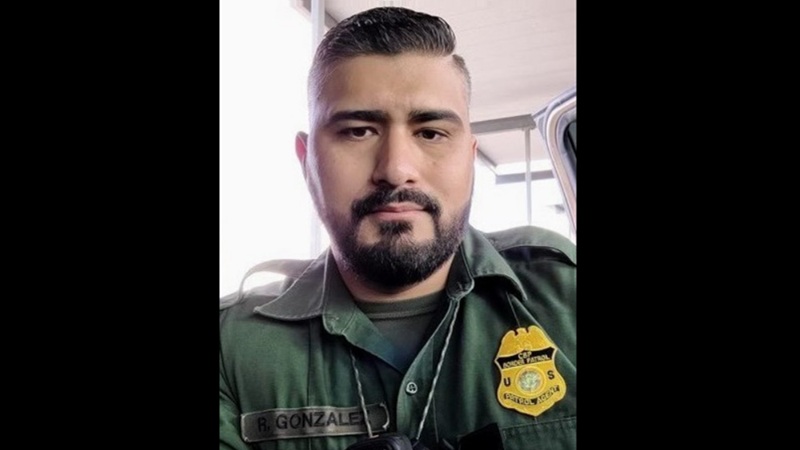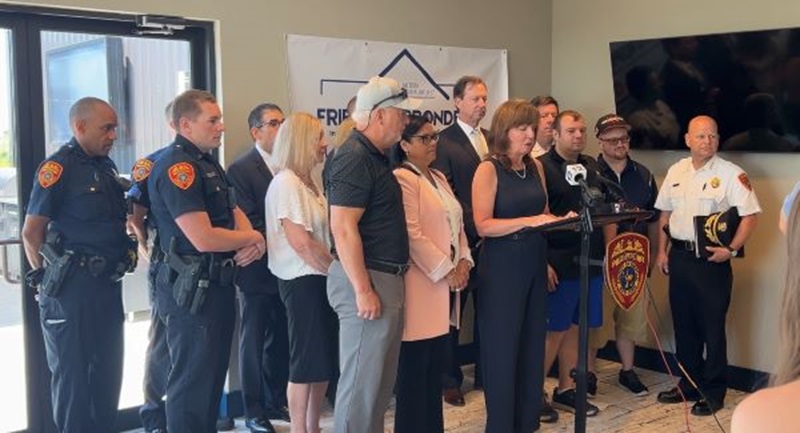
Our brothers and sisters in law enforcement roles are unrelenting in generating ways to serve the community better.
By creating a “Friend Responders” unit of cops expressly looking in on citizens diagnosed with autism, the Suffolk County, NY, police department minted a partnership with Autism Communities, an organization assisting people with neurodiverse nuances, with the Long Island police agency’s sworn first responders fostering bonds with individuals on the autism spectrum.
A press release from Suffolk County Police administration explained that “The Friend Responders campaign provides opportunities in a casual setting for first responders to meet with neurodiverse individuals who are living independently. These interactions are aimed at, during a 911 response, preventing both misinterpretations of resident behavior by police officers as well as officer actions by a resident.”
Per a spokesperson with Autism Communities, June 24 “marks the launch of Autism Communities ‘Friend Responders’ Campaign, a collaborative initiative with the Suffolk County Police Department,” inviting folks to “View the entire press conference to learn how we at Autism Communities [are] taking our next step towards inspiring inclusive community environments which support the well-being and success of our residents.”
According to Psychology Today, “The word neurodiversity —a portmanteau of ‘neurological’ and ‘diversity’— was first coined in the 1990s by Australian social scientist Judy Singer, who is [among those] on the autism spectrum. It has gained significant ground in recent years, particularly among advocacy communities. The term originally referred most commonly to autism but has since come to include ADHD, dyslexia, Tourette’s, synesthesia, as well as other learning and developmental differences.”
As a retired LEO whose non-verbal 24-year-old daughter is severely impacted by autism and anxiety, among other comorbidities, I implore any police agency to step forward, garnering education, and duly training its first responders to recognize unique circumstances and administer measures to preempt potential misunderstandings.
My daughter is among the demographic of autism whereby overstimulation of any sort can and often does manifest in behavioral incitements; unbeknownst to outsiders, she exhibits gestural volatility as a non-verbal citizen, expressing angst over something introduced to her ordinarily ambient environment.
Generally, she is unsettled by noises and lights, igniting behavioral flare-ups when one or both are not mitigated.
In my neck of the woods, I have observed some signs placed on residential doors and windows, announcing that one or more people within are autistic, sensitive to strangers (such as first responders), and may demonstrate behavioral flux. The last dynamic can easily be construed as threatening to law enforcement officers responding to a call for service.
The Suffolk County Police Department’s “Friend Responders” initiative intends to preempt any future hurdles with neurodiverse individuals by befriending them, readily comprehending their special needs, ensuring any behavioral manifestations are considered, ultimately delivering calming techniques, resulting in de-escalation and safety for all parties.
During my police career, I learned of several families in my jurisdiction who had one or more autistic children. Although it was many moons ago, I vividly remember the names and faces of each person on the autism spectrum.
Parents/guardians typically share the diagnoses and nuances that calm their loved ones with autism and what triggers aggressive behaviors. Politely, I was informed my police radio was a bother to a single mom’s adolescent son who was non-verbal and disliked noise and bright lights. With personal experience, I understood.
For subsequent calls to that same address (mom was the victim of an auto burglary, another time was theft-of-mail), I lowered my volume button, quieting all police radio traffic, after informing our public safety dispatchers and other on-duty officers I was doing so and why.
Our CAD system had a feature known as “Caution Notes,” intended to inform all agency personnel that a certain address had specific aspects to be mindful of. Once any unique circumstances were gleaned by various officers responding to calls for service throughout the city, residences particularly housing one or more neurodiverse people were highlighted, enabling first responders to consider unique sensitivities before going on scene to address whatever the complaint was.
In the brief footage posted above, Suffolk County PD’s Acting Police Commissioner Robert Waring similarly noted how his agency creates a “profile” in the dispatch CAD system, emphasizing that a neurodiverse individual resides there and any sensitivities each has to stimuli that may cause stress.
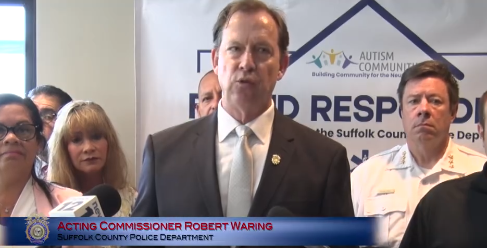
(Photo courtesy of the Suffolk County Police Department.)
Commissioner Waring also spelled out the ongoing basis of unit police officers initiating meet-and-greet moments followed by “check-ins throughout the year,” to interact with individuals mentored by Autism Communities, “giving the officers and the residents a better understanding of one another.”
Doreen Jaggs, chairwoman of Autism Communities, noted that “Through education, training, and human connection, the Friend Responders campaign will foster mutual understanding and trust between neurodiverse individuals and emergency responders.”
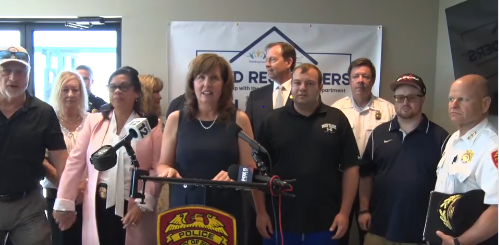
(Photo courtesy of the Suffolk County Police Department.)
Indeed, forging bonds is essential among first responders employed by public safety organizations.
It took time but our agency made strides in serving the community’s neurodiverse members by identifying their households and special needs dimensions.
It became a two-way street in terms of reciprocal respect and humanitarian values…
Calling the emergency operations center (dispatch) one evening, the single mom caring for her autistic son (mentioned above) requested me by name. I figured her apartment complex (in “a bad part of town”) was targeted, making her a victim of a crime, again. Nope! It was far better…
Dispatch recorded the request as a “Police Service Call” (a generic way of categorizing a non-criminal call for service).
I arrived. She candidly shared that her son seemed happy each time I was there taking reports, that he glanced at every police car when they were out in the family auto, and that he expressly communicated to her that he wanted to see “Officer Steve” (scribbled on a piece of scratch paper, which she showed/gifted me).
When not running from call to call, I would stop by and visit “David” (radio volume turned down), who excitedly showed me his collection of Hot Wheels cars, showcasing a fleet of miniature police cruisers.
I was proud to have formed that brand of special bond…and that is what the Suffolk County PD’s “Friend Responders” partnership seeks to accomplish.
Wading through the reads, I learned the squad of Suffolk County cops serving as Friend Responders will visit community members who are adults with high-functioning autism living independently, ensuring they are not being preyed upon by opportunistic scammers targeting vulnerabilities of those in the special-needs demographic. Overall, though, the Friend moniker is paramount among these police professionals.
According to the Autism Communities/Suffolk PD partnership, key aspects of the novel concept entail:
- Appointment of a Liaison: Community Relations Bureau Sergeant Joseph Steigele has been designated as the liaison between the police department and Autism Communities. He will ensure that officers engage with our residents, starting with a meet-and-greet when a new resident moves into their new home.
- Regular Check-Ins: Officers will conduct periodic scheduled check-ins throughout the year. This will help to develop better relationships between our residents and emergency responders.
- Smart 9-1-1 Profile: Residents are encouraged and will be guided to create a Smart 9-1-1 profile, which provides emergency responders with critical information about the caller. For example, this may include sensitivities to flashing lights, sirens, or loud voices, enabling responders to tailor their approach accordingly.
- Training & Relationship Building: While officers receive crisis intervention training, specific information about individuals can further reduce stress in emergencies.
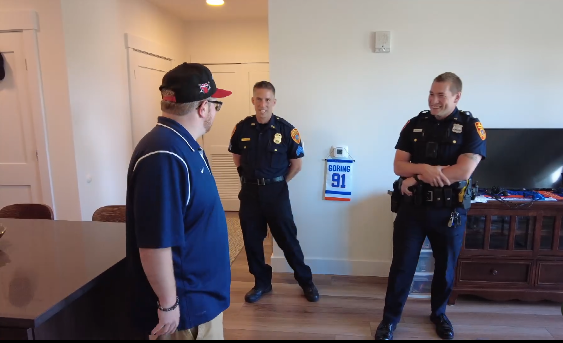
(Photo courtesy of the Suffolk County Police Department.)
Now living independently thanks to the guidance of Autism Communities staff, Steven Niciforo took to the media mics and stated the following:
“I am happy that Autism Communities has developed the Friend Responders campaign. Living on my own is a new challenge but knowing that I can call someone in the event of an emergency and see a friendly face truly creates a level of support and confidence, to make me feel secure in my new living environment.”
Revisiting our opening statement, referencing how law enforcement entities often generate ways to serve their constituents, Suffolk County PD invites other public safety agencies to mimic the Friend Responder program, saying, “The department is happy to take part in this program, and encourages other first responder agencies to sign on.”
As Police Commissioner Waring underscored: The Friend Responders program “…is especially important as we believe it will give both the officers and the residents a better understanding of one another and alleviate potential misunderstandings during times of crisis. Our hope is that no matter the emergency, our officer will be recognized as a friendly face.”


